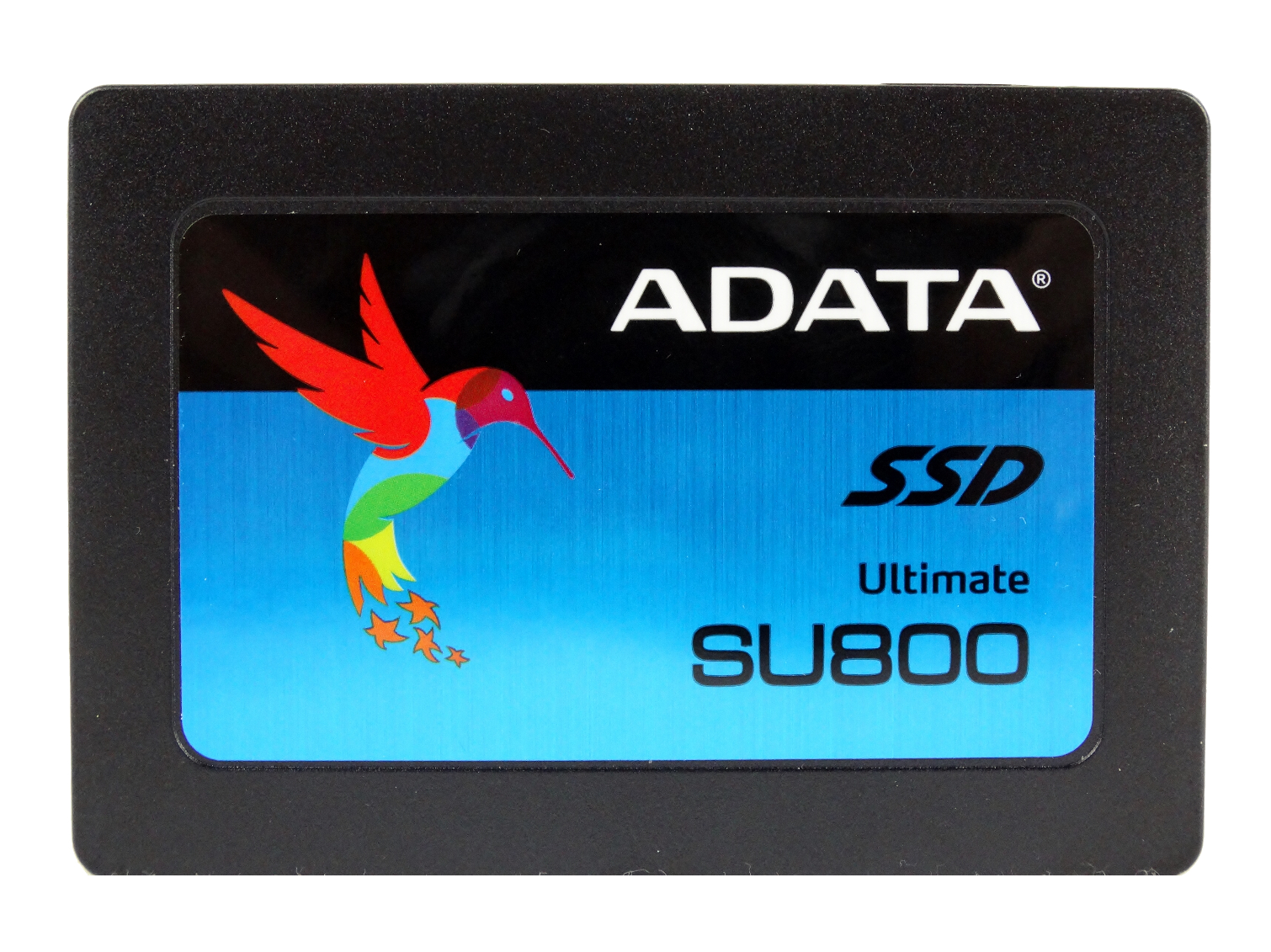Adata Ultimate SU800 SSD Review
Why you can trust Tom's Hardware
Conclusion
The prototype reference SSD we used for the SMI SM2258 technical preview provided better performance than the Adata Ultimate SU800. We went back to examine the difference between the two products and found one feature that stood out as a clear differentiator between the two. Both drives offer the same 288GB raw capacity, but the reference design came with more overprovisioning.
The reference SSD featured 240GB of capacity, while the Adata retail product gives users 256GB. Adata chose to use all of the additional space for the SLC buffer, and apparently did not dedicate a portion of the NAND to the SSD's background activities. SSDs should use any free space available for garbage collection, TRIM and wear leveling. The reference design performed quite a bit better with an extra 7-percent reserved for these performance-sapping background operations.
It's difficult to fault Adata with the performance of the Ultimate SU800. Every company is eager to produce a retail product with 3D flash. Adata was the first non-fab company to release such a product, but we suspect others have looked at the flash and backed away from bringing a similar SSD to market. SMI (the controller vendor) has several partners that span the globe. I think most vendors examined the performance and either scrubbed a similar product, or are still trying to optimize the firmware to reel in the latency. I've tested several products with Micron's new 3D TLC NAND flash, and have yet to be impressed.
The NAND die is very large, so it only makes sense in low-cost, high-capacity SSDs. The only drive with IMFT 3D NAND that I would recommend is the Crucial MX300 2TB, but only because of its mixture of high-capacity and low price. Even the MX300 2TB makes a poor boot drive, so it is better suited for secondary drive use (essentially a big SSD to store data).
We can fault Adata for the naming scheme of the Ultimate SU800. Marketing is a tricky game, but at some point, the company needs to question the naming strategy. The term "Ultimate" signifies a premium SSD, but the SU800 doesn't fit that bill.
If you plan to purchase a low cost or even a premium SSD, the Adata Ultimate SU800 is not a good choice. You can find our picks in the Best SSDs monthly editorial that recommends other products that will offer the best performance per dollar.
MORE: Best SSDs
Get Tom's Hardware's best news and in-depth reviews, straight to your inbox.
MORE: Latest Storage News
MORE: Storage in the Forums
Follow us on Facebook, Google+, RSS, Twitter and YouTube.

Chris Ramseyer was a senior contributing editor for Tom's Hardware. He tested and reviewed consumer storage.
-
TbsToy Maybe you guys should start combining your SSD and power supply reviews. Two mints, two mints in one 'Hey, look what we have today.'Reply
W.P. -
HERETIC-1 Chris, Good honest review.Reply
Question-Is there a benefit to over-provisioning compared to extra free space?
Example-256GB drive-156GB free space.
or 10GB OP and 146GB free space.
(boot drive-light duty) -
kalmquist The Micron 3D NAND has been a big disappointment. I haven't read anything about the performance of Toshiba's 3D NAND, but the lack of SSD's using it suggests that its performance may be even worse than Micron's. (Toshiba chose MLC planar NAND for their recently released VX500 series.) I'd like to see some company step up and put a little competitive pressure on Samsung.Reply -
CRamseyer Reply18951969 said:The Micron 3D NAND has been a big disappointment. I haven't read anything about the performance of Toshiba's 3D NAND, but the lack of SSD's using it suggests that its performance may be even worse than Micron's. (Toshiba chose MLC planar NAND for their recently released VX500 series.) I'd like to see some company step up and put a little competitive pressure on Samsung.
Toshiba's BiCS is at Gen 2 Awith 3 announced and used in the new iPhone. We have and article in rhe pipe that uses BiCS 2 in our upcoming 11 drive DRAMless roundup. Ir is only an engineering sample though. -
littleleo Ultimately a major disappointment. Lucky for them there is such a bad shortage on SSDs they will probably still sell plenty to the SSD hungry segment.Reply -
Nintendork Intel is a mess when they can't fix their problems with just money. AMD had tons of products stuck on 32nm A8 Phenom II-class APU, Bulldozer, Piledriver...Reply -
daglesj Would be nice if you asked the providers like ADATA for comment. I remember when everyone blasted the Kingston V300 SSDs but they are world class in comparison to a lot of the junk passing for an SSD today. On a side note I bought a lot of V300 SSDs and all of them have performed admirably. Tough little drives.Reply -
icester1973 Another Adata product with sub-par performance? Hardly surprising. Along with sub-par performance, you can expect HORRIBLE product support!Reply
My HP laptop was always returning an "Operating System Not Found" error upon every reboot since the Windows 10 Anniversary update with the SP600. None of my other systems with other brands of SSDs had this problem. Updated all the drivers, including ACHI and the problem persists. Tried to update the SP600's firmware -- nope! The updater wouldn't work! I pulled the drive and used a USB dock and a Windows 7 system and their updater wouldn't even see the drive even though it shows up in Explorer! What a mess!
Finally, I cloned the drive to a different brand and, behold!, all problems are solved! My wife even commented that the new drive was faster. -
LordConrad I understand why Intel and Micron use this NAND (because they're stuck with it), but why on earth would anyone else use it??Reply
